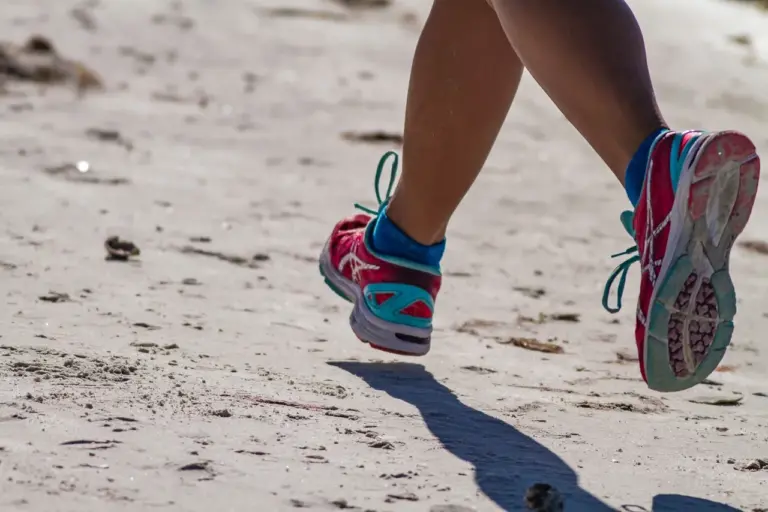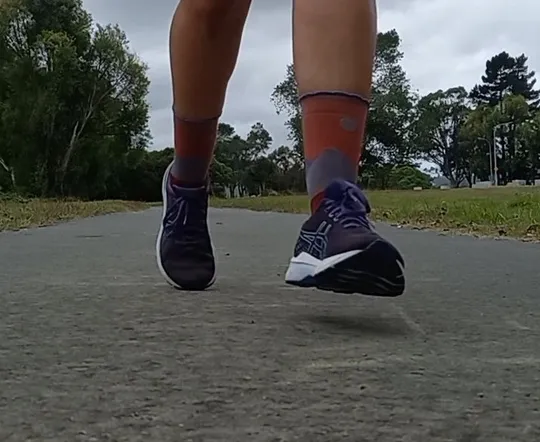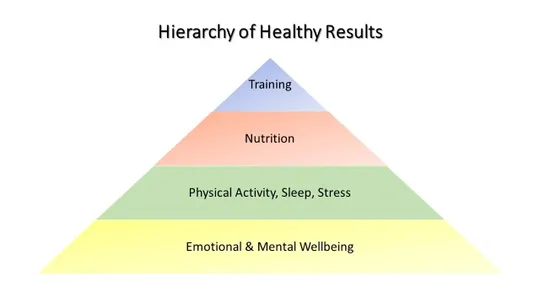As a runner how can you benefit from cross training?
For many runners training more doesn’t need to mean doing more running. There is a belief to achieve your running goals all you need to do is run more. If you are susceptible to overuse injuries running more can increase your risk of more injuries due to the high impact and repetitive stress, put on your body.
Cross training: is any exercise that’s not running and usually refers to exercises that will improve your cardiovascular fitness, activities such as cycling, swimming, hiking, treadmill walking, elliptical and aqua jogging.
It’s a great tool to help you actively recover and prepare for your next running day.
You can work on improving your cardiovascular threshold (work on your heart rate) while not putting high impact through your body.
Add variety into your week; if you’re the type of person that enjoys including activities other than running then including cross training will give you the variety you need, and still support your running goals.
What type of cross training should you choose?
Cycling
Is low impact exercise that’s performed seated rather than upright. Cycling is a great to build your cardiovascular threshold (which transfers across to your running), while putting a low amount of impactful force through your legs.
Indoor Elliptical: Is a great run specific activity that’s low impact. If you have a gym membership the elliptical is easily available. There can be a high boredom factor with the elliptical.
Aqua jogging (pool running)
Is an upright activity which you can simulate the action of overground running. The mechanics are the same. Being in the water takes away the forceful impact of running. Aqua jogging is best done in a deep pool where you can incorporate both arm and leg movements wearing an aqua jogging float belt will help keep you upright in the water.
Swimming
A full body exercise that is very low impact on the body. It’s a great exercise to help enhance your breathing capacity.
There’s a variety of other options (outdoor elliptical bike, antigravity treadmill running, slide boarding), I’ve only included the options I believe are the most accessible due to cost and availability of equipment.
I like having cross training days not only does it add some variety, but at times when I’ve been injured the switch from not running to more cycling and swimming has felt easier because these are activities I’m already used to doing.
Not everyone needs to and will include cross training sessions, if you think you’ll benefit aim for one to two days per week. This is going to depend on what your current weekly running looks like and your training capacity.
Split the days between running, instead of recovery run days you can replace with a cross training activity.
Choose the cross-training types that are accessible (if you don’t have a pool close by then aqua jogging / swimming will be harder to do) and you enjoy.
Important running is still your focus, cross training won’t help you become a better runner. To work on the skill of running you need to run.
Happy Running!
Leonie








